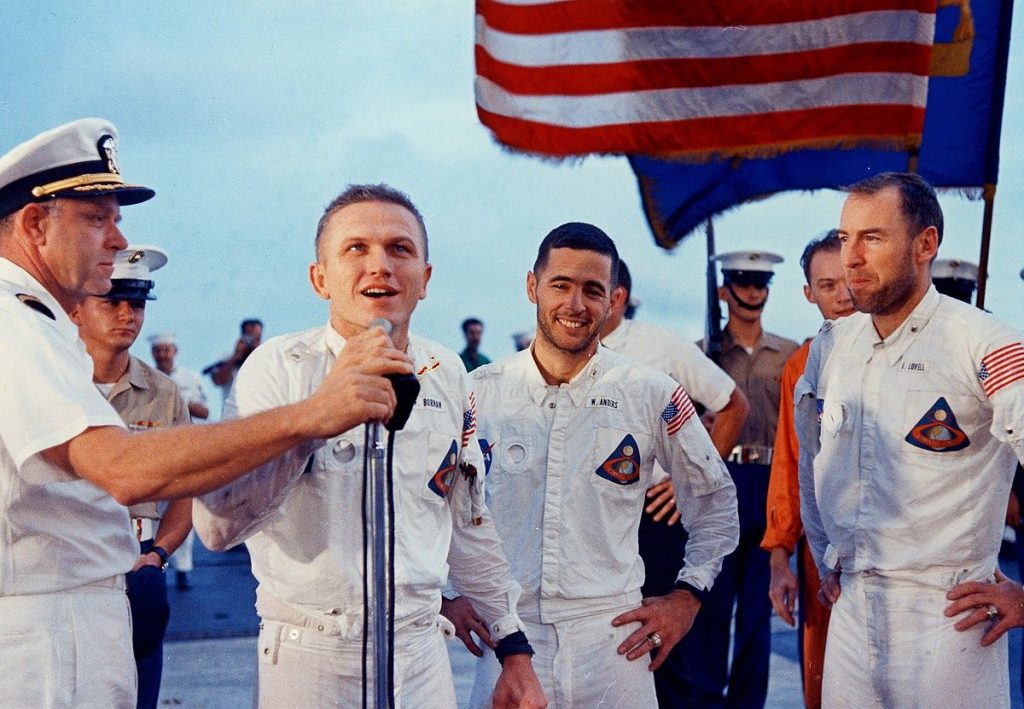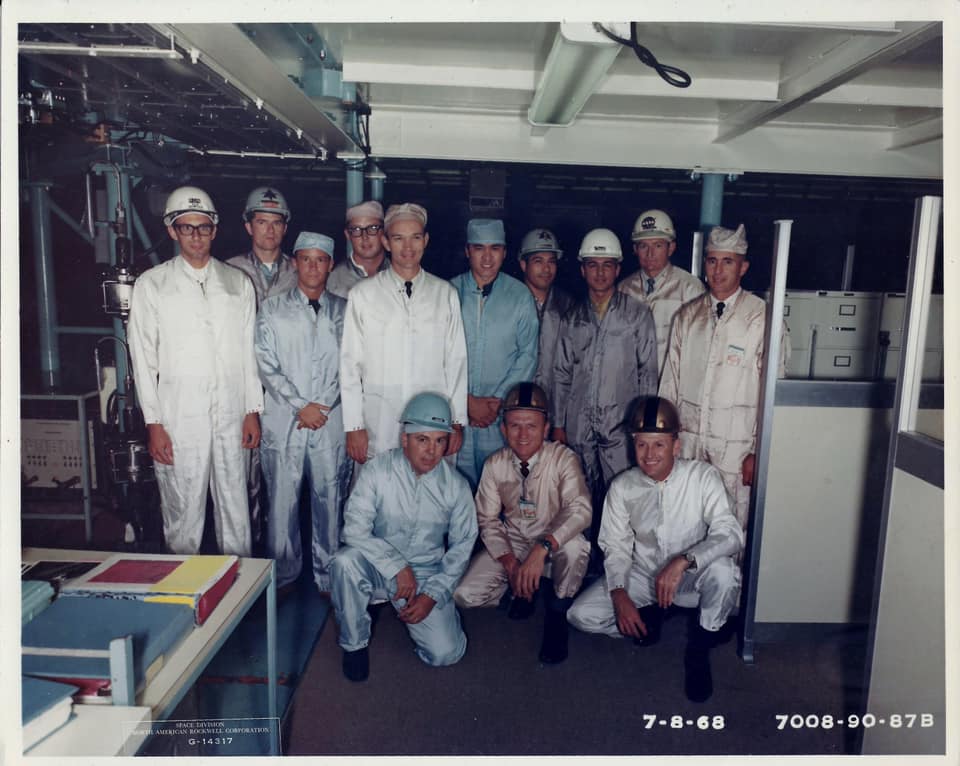(This is an excerpt from an upcoming book on the Borman Collection in the EAA Museum. This section, Frank Borman Telegram Wall, along with the rest of the book, is due out this Spring. Paying Patreon subscribers get a FREE copy when it comes out this Spring as a thank you for support. Join to read this section plus get access to Interactive Virtual Reality Spacecraft Tours at. Spacecraft Interactive Virtual Museum | creating Interactive Virtual Museum Exhibits | Patreon )
After the incredibly successful mission of Apollo 8, Frank received thousands of telegrams wishing him congratulations. These telegrams came from people all over the world from every walk of life. The famous and common people used the telegram to gave thanks for risking his life to beat the USSR.

What is the Frank Borman Telegram Wall
What is the Frank Borman Telegram Wall, you ask? It’s more than just a collection of messages. This Telegram Wall a window into a bygone era. It’s a snapshot of a time when communication was measured in words sent through the ether, transmitted across vast distances by the magic of telegraphy.
What is a Telegram
But what exactly is a telegram, you might wonder? To truly appreciate the significance of the Frank Borman Telegram Wall, let’s journey back in time to explore telegraphy. It was a revolutionary technology that forever changed the way we communicate.
In the days before smartphones and instant messaging, telegraphy was the cutting-edge technology of its time—a means of transmitting messages over long distances using electrical signals. At its heart was the telegraph, a device invented in the early 19th century that allowed operators to send and receive messages in the form of coded electrical pulses.

How Did Telegrams Work
So how did it work? Picture a network of wires stretching across continents, connecting distant cities and towns. When someone wanted to send a message, they would dictate it to a telegraph operator. The operator would then use a telegraph key to tap out the message in Morse code. Morse code is a series of dots and dashes representing letters of the alphabet.
These electrical signals would then be transmitted along the wires to a receiving station. At the receiving station, another operator would decode the message and transcribe it onto paper. The paper would be delivered to the intended recipient. The process was swift and efficient, allowing messages to be sent across vast distances in a matter of minutes or hours. It was a feat that was nothing short of miraculous in an age before instant communication.
As you explore the Frank Borman Telegram Wall, we invite you to reflect on the significance of telegraphy in shaping the world we live in today. By understanding and appreciating the importance of this history, we can gain a deeper appreciation for the remarkable achievements of pioneers like Frank Borman and the transformative power of innovation and communication.
Join to read more of this section plus get access to Interactive Virtual Reality Spacecraft Tours at Spacecraft Interactive Virtual Museum | creating Interactive Virtual Museum Exhibits | Patreon )

